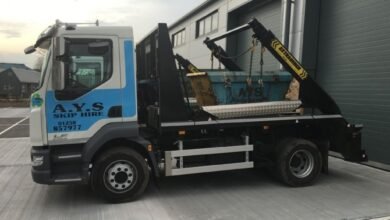A laser nozzle is a crucial component in laser cutting and engraving systems. It directs the laser beam and assists in delivering cutting gases to the workpiece, ensuring precision and efficiency. The nozzle’s design, material, and size significantly impact the quality of the cut, reducing burrs, improving edge quality, and minimizing material waste.
How a Laser Nozzle Works
The laser nozzle is positioned at the end of the laser cutting head. It serves two primary functions:
- Guiding the Laser Beam – The nozzle ensures that the laser beam is precisely directed toward the material. It maintains beam alignment, preventing dispersion and energy loss.
- Controlling Gas Flow – The nozzle helps in delivering assist gases (such as oxygen, nitrogen, or compressed air) to the cutting area. These gases help in oxidation, material removal, and cooling, enhancing the efficiency and quality of the cut.
The nozzle’s diameter and shape determine the gas flow dynamics and the laser’s interaction with the material. A well-designed nozzle ensures a clean, burr-free cut with minimal heat distortion.
Types of Laser Nozzles
Laser nozzles vary in design based on cutting requirements and materials. Some common types include:
- Single-Layer Nozzles – These have a single opening and are mainly used for nitrogen-assisted cutting of stainless steel and aluminum. They provide precise and stable gas flow, preventing oxidation.
- Double-Layer Nozzles – These feature an inner and outer layer for better control of gas distribution. They are commonly used with oxygen-assisted cutting of carbon steel to enhance oxidation and improve cutting speed.
- Conical Nozzles – Designed to reduce turbulence and improve gas flow, making them ideal for high-speed cutting applications.
Key Applications of Laser Nozzles
- Metal Cutting – Laser nozzles play a vital role in cutting metals such as stainless steel, carbon steel, aluminum, and brass. The right nozzle ensures a smooth cut with minimal dross and slag formation.
- Precision Engraving – In laser engraving, the nozzle helps focus the laser beam, allowing for detailed designs and intricate patterns.
- Welding and Additive Manufacturing – Nozzles are also used in laser welding to guide the beam and gas flow for precise fusion. In 3D printing, they help in directing the laser to melt and shape materials accurately.
Factors Affecting Laser Nozzle Performance
Several factors influence the effectiveness of a laser nozzle:
- Nozzle Diameter: Affects gas flow rate and laser beam focus. A smaller diameter provides high precision, while a larger one allows for faster cutting.
- Material: High-quality copper or brass nozzles are preferred for better heat resistance and electrical conductivity.
- Gas Pressure: The correct pressure ensures efficient material removal and minimizes oxidation.
- Nozzle Alignment: Misalignment can lead to uneven cuts, burrs, and increased material waste.
Conclusion
The laser nozzle is an essential component in laser cutting systems, influencing precision, speed, and overall cut quality. Choosing the right nozzle type, material, and size optimizes performance, ensuring cleaner cuts and improved efficiency. Proper maintenance and alignment of the nozzle further enhance the longevity and effectiveness of laser cutting operations.



